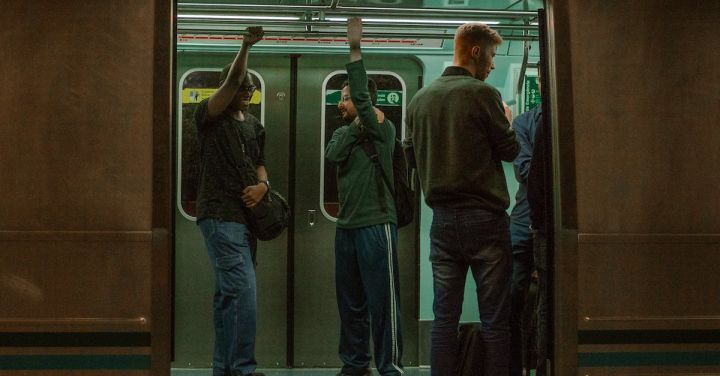Throughout the history of cinema, railways have played a significant role in storytelling. From the early days of silent films to the modern blockbusters, the silver screen has had a profound love affair with trains and railways. This enduring fascination can be attributed to the inherent cinematic qualities of railways, which provide a perfect backdrop for drama, action, romance, and adventure.
One of the earliest examples of the silver screen’s love for railways can be seen in the iconic silent film, “The Great Train Robbery” (1903). Directed by Edwin S. Porter, this groundbreaking film not only introduced the concept of narrative storytelling to cinema but also showcased the potential of trains as a vital element in the plot. The train robbery sequence, with its thrilling chase scenes and daring stunts, captivated audiences and set the stage for future train-centric films.
In the years that followed, railways became a staple of Hollywood productions. From Alfred Hitchcock’s suspenseful masterpiece “North by Northwest” (1959) to the heartwarming family film “The Polar Express” (2004), trains have been used to create tension, suspense, and excitement. The confined space of a train carriage becomes a pressure cooker for emotions, as characters interact and confront their fears and desires.
Railways also serve as a metaphorical device in cinema. The tracks represent a journey, a passage through life, and the train becomes a symbol of progress, both literal and metaphorical. In films like “Murder on the Orient Express” (1974), the train becomes a microcosm of society, with its diverse cast of characters and underlying tensions. As the train hurtles through the night, secrets are revealed, and mysteries unravel, making for a compelling viewing experience.
Moreover, railways have a unique visual appeal that filmmakers cannot resist. The sight of a train thundering through the countryside, billowing smoke and steam, evokes a sense of power and majesty. From the sweeping landscapes of “Lawrence of Arabia” (1962) to the gritty urban setting of “The Taking of Pelham One Two Three” (1974), railways provide a visually striking backdrop that adds depth and atmosphere to the story.
Furthermore, railways have an inherent rhythm that lends itself well to cinematic storytelling. The rhythmic sound of the wheels on the tracks, the chugging of the locomotive, and the whistle blowing in the distance create a hypnotic effect, enhancing the narrative and immersing the audience in the world of the film. This rhythmic quality is often utilized to build tension, as in the iconic shower scene in “Psycho” (1960), where the screeching sound of the train merges with the slashing of the knife, creating a chilling and unforgettable moment.
In conclusion, the silver screen’s love for railways is a testament to the unique qualities of trains as a cinematic device. From their ability to create tension and suspense to their metaphorical significance and visual appeal, railways have become an integral part of storytelling in cinema. Whether it’s a thrilling chase, a romantic encounter, or a metaphorical journey, the presence of trains on screen adds depth, excitement, and a touch of nostalgia. So, the next time you watch a film, keep an eye out for the railways, as they continue to captivate and transport us to new cinematic heights.
